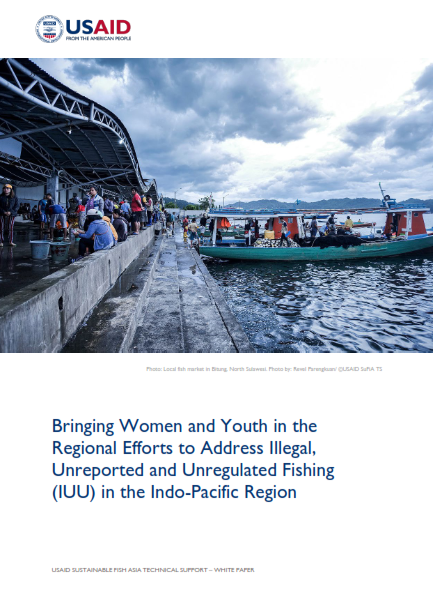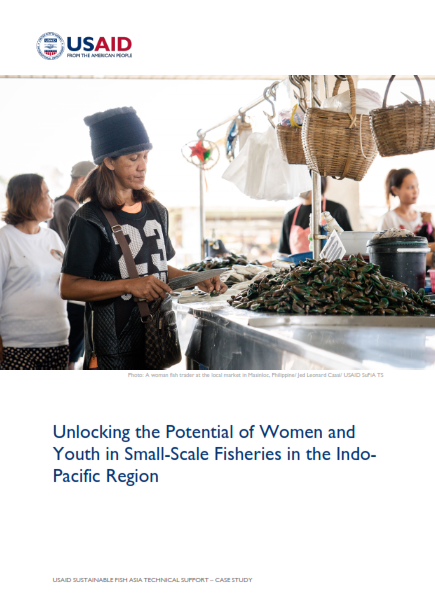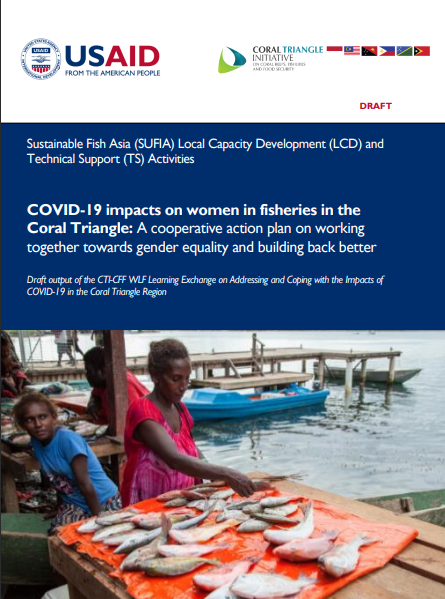Planning accross boundaries for the conservation of the Sulu-Sulawesi Marine Ecoregion
| # | Documents | Filesize |
|---|---|---|
| 1 | 254,907 KB |
Abstract
The Sulu-Sulawesi Marine Ecoregion (SSME) is an outstanding ecoregion situated within the center of global marine biodiversity. Three countries—Indonesia, Malaysia and the Philippines—share, and directly benefit from, the rich resources of the SSME. The deterioration of environmental conditions in the ecoregion indicates that the resource extraction has exceeded the natural capacity of this marine ecosystem for recovery. Shared boundaries, ecosystem dynamics and resources, as well as transboundary environmental issues (including human migration) justify an ecoregion approach to conserve the SSME.
In 1999, the World Wide Fund (WWF) for Nature and its partners launched the SSME Conservation Program. The Program adopts a two-pronged approach: planning for the conservation of the SSME and the implementation of immediate conservation actions on the ground. The ecoregion planning process involves the formulation of a Biodiversity Vision—a 50-year conservation goal—and the development of a stakeholders’ Ecoregion Conservation Plan (ECP) based on the ecoregion’s Biodiversity Vision. Notable was a shift from a non-government
organization-facilitated to a government-led planning process, and the establishment of interim governance mechanisms to ensure coordination in the development of the ECP. These interim mechanisms that operate within country and across countries during the planning phase of the SSME Program are perceived to evolve into formal institutional arrangements that are appropriate for the implementation of the ECP.
r 2006 Elsevier Ltd. All rights reserved.



